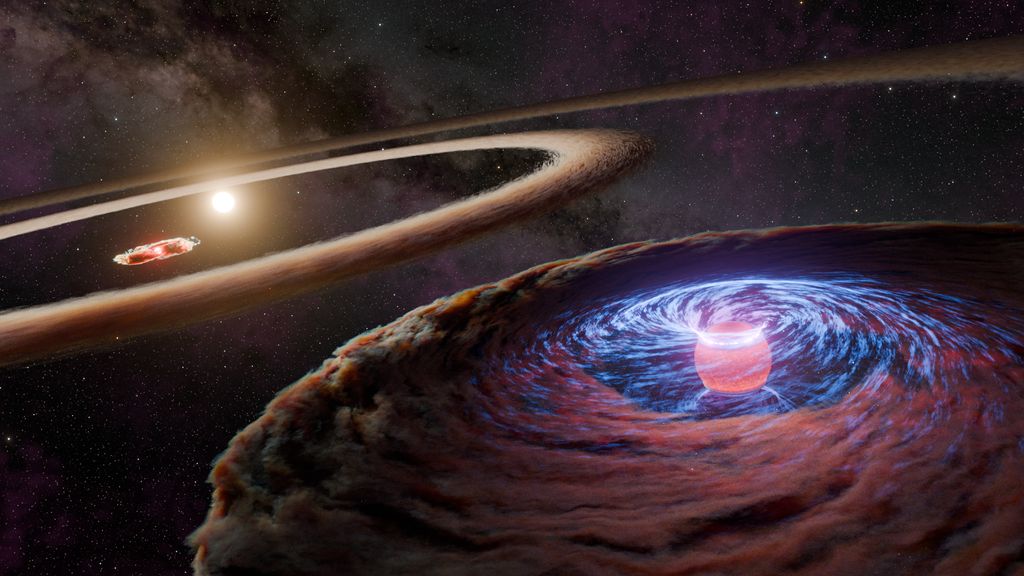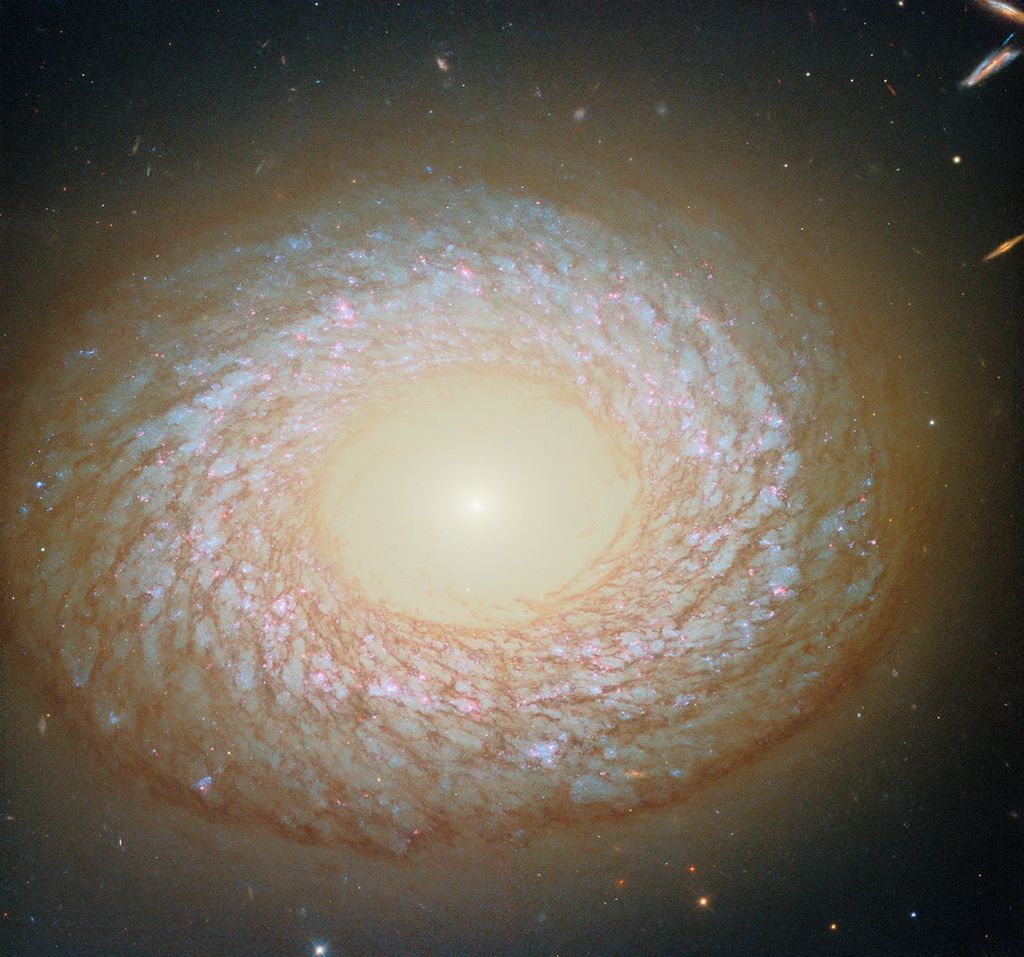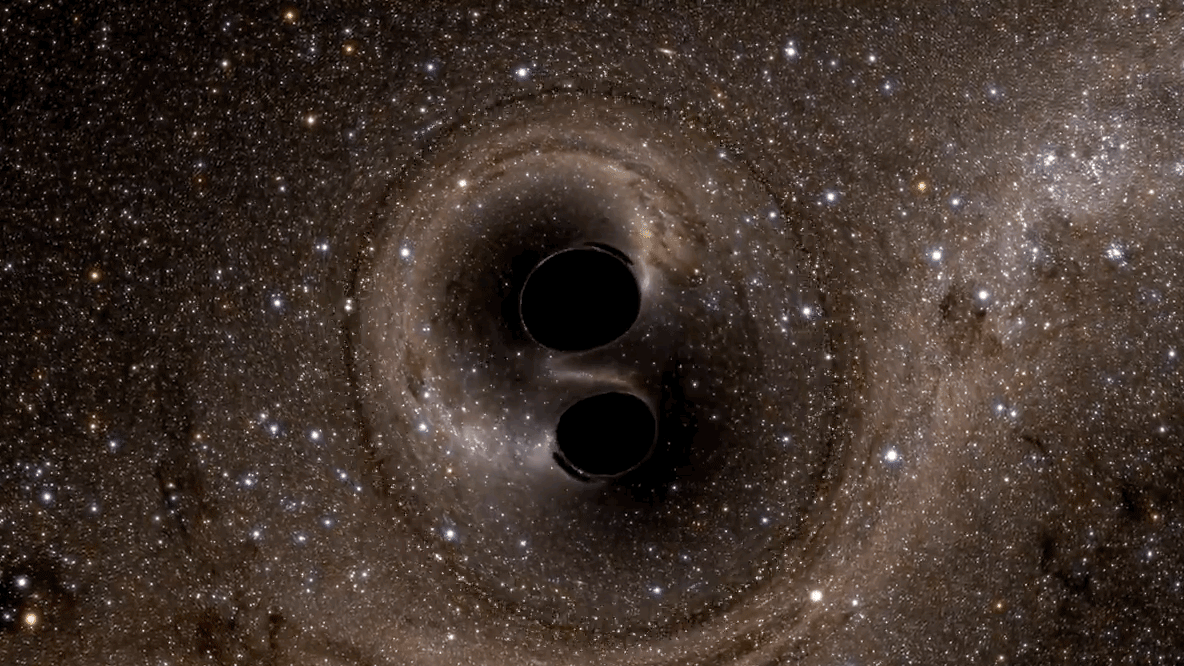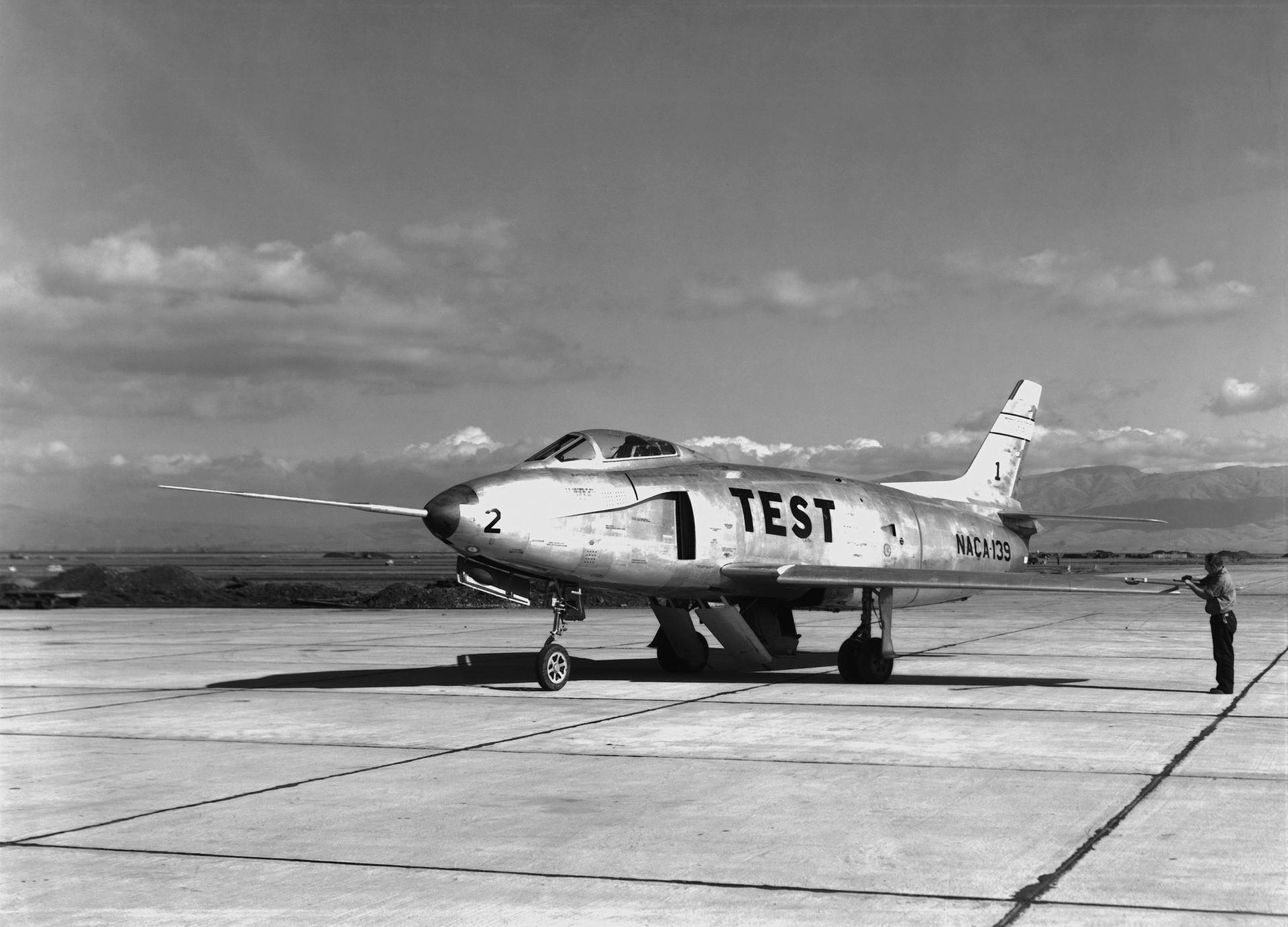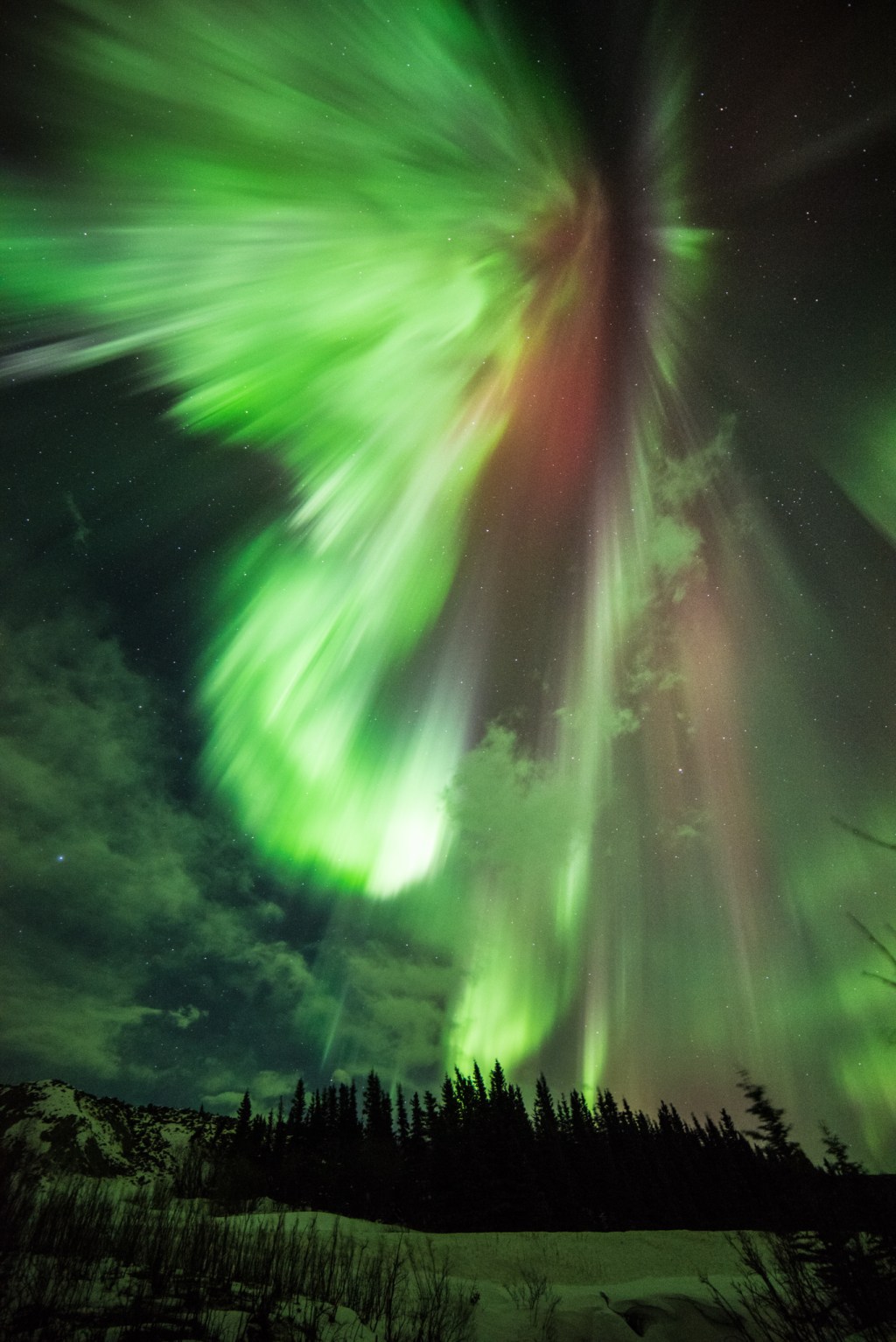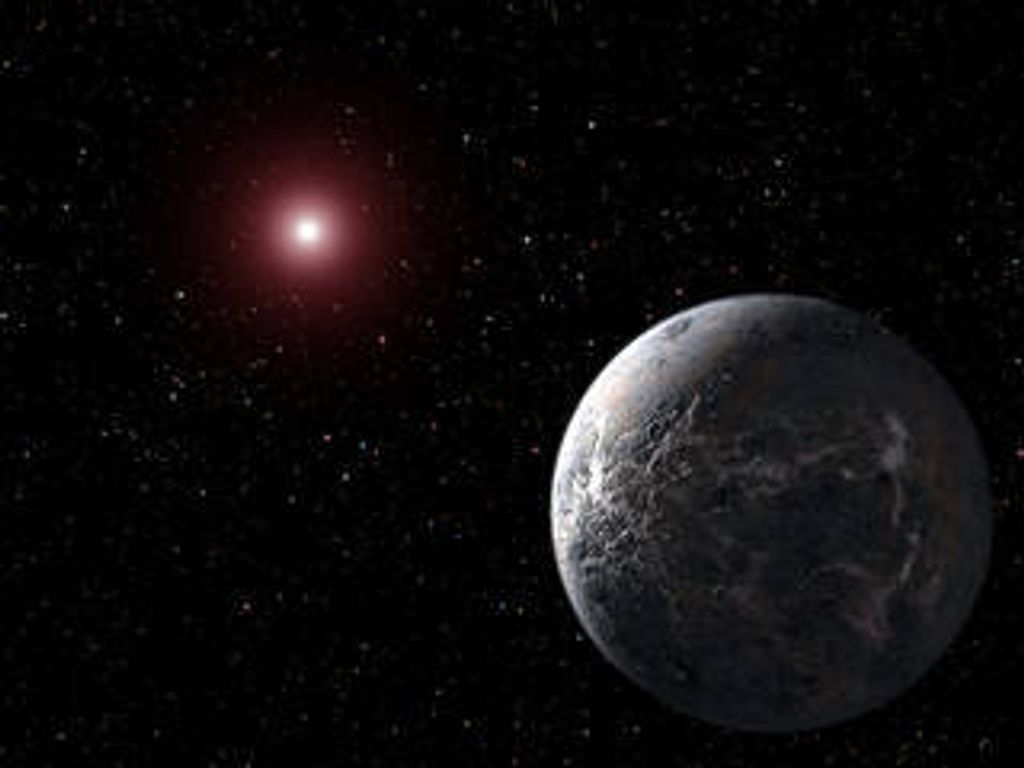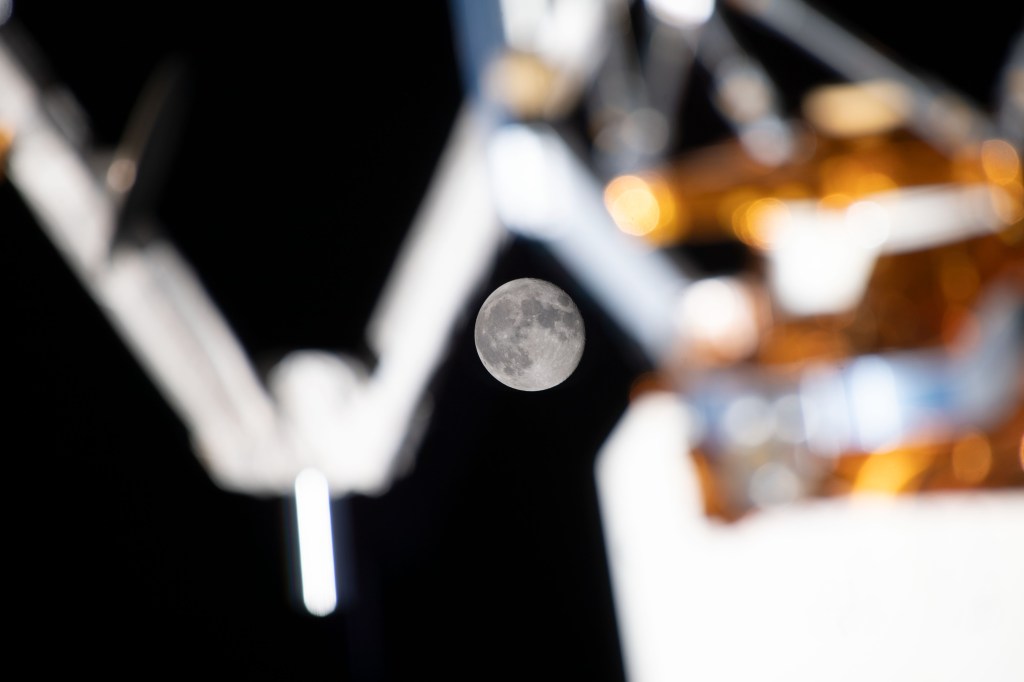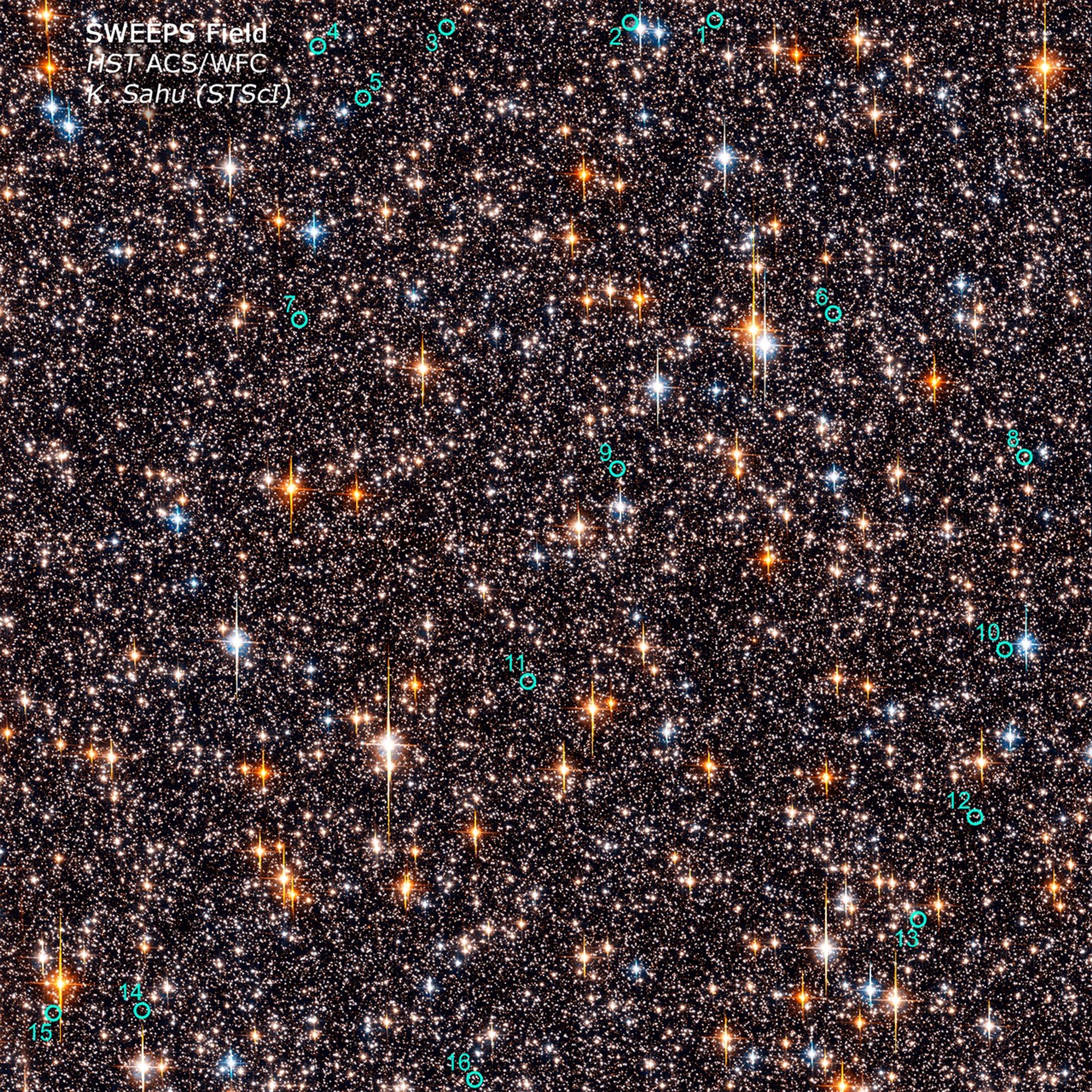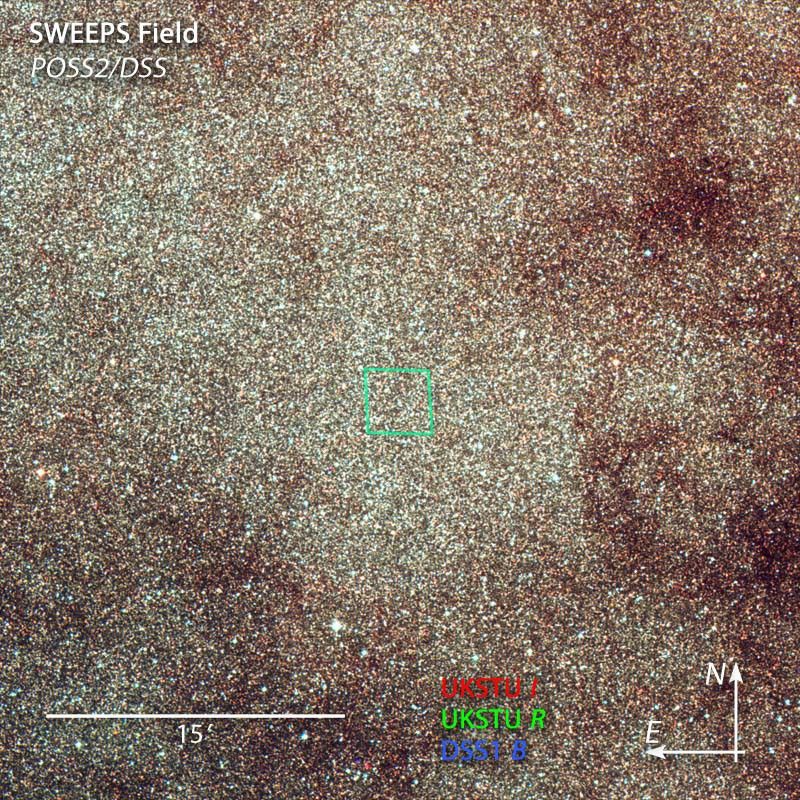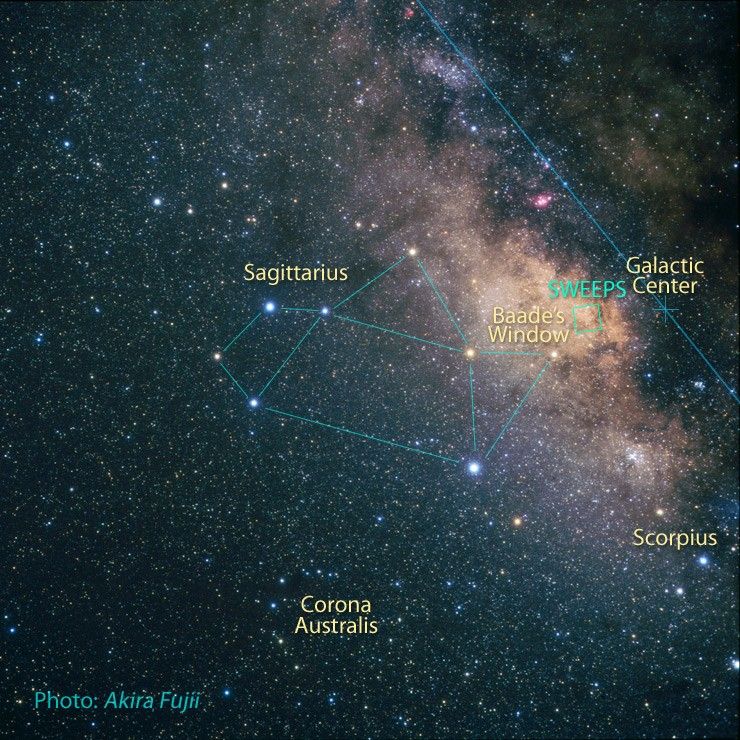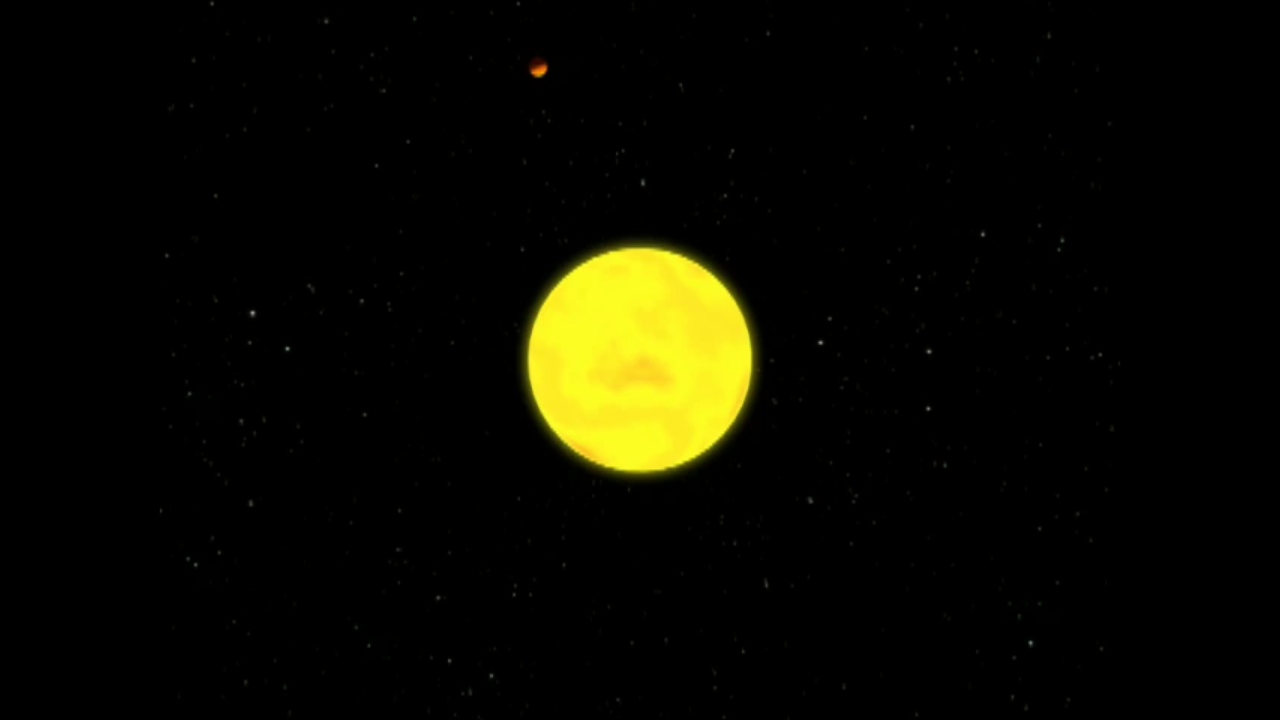1 min read
Artist’s Impression of an Ultra-Short-Period Planet

This is an artist's impression of a unique type of exoplanet discovered with the Hubble Space Telescope. The planet is so close it to its star that it completes an orbit in 10.5 hours. The planet is only 750,000 miles from the star, or 1/130th the distance between Earth and the Sun.
The Jupiter-sized planet orbits an unnamed red dwarf star that lies in the direction of the galactic center; the exact stellar distance is unknown. Hubble detected the planet in a survey that identified 16 Jupiter-sized planets in short-period, edge-on orbits (as viewed from Earth) that pass in front of their parent stars. Hubble could not see the planets, but measured the dimming of starlight as the planets passed in front of their stars.
This illustration presents a purely speculative view of what such a "hot Jupiter" might look like. It could have a powerful magnetic field that traps charged particles from the star. These particles create glowing auroral rings around the planet's magnetic poles. A powerful magnetic flux tube links the planet and star. This enhances stellar activity and triggers powerful flares. A powerful stellar wind creates a bowshock around the planet. The planet's atmosphere seethes at 3,000 degrees Fahrenheit.
- Release DateOctober 4, 2006
- Science ReleaseHubble Finds Extrasolar Planets Far Across Galaxy
- Credit
Related Images & Videos
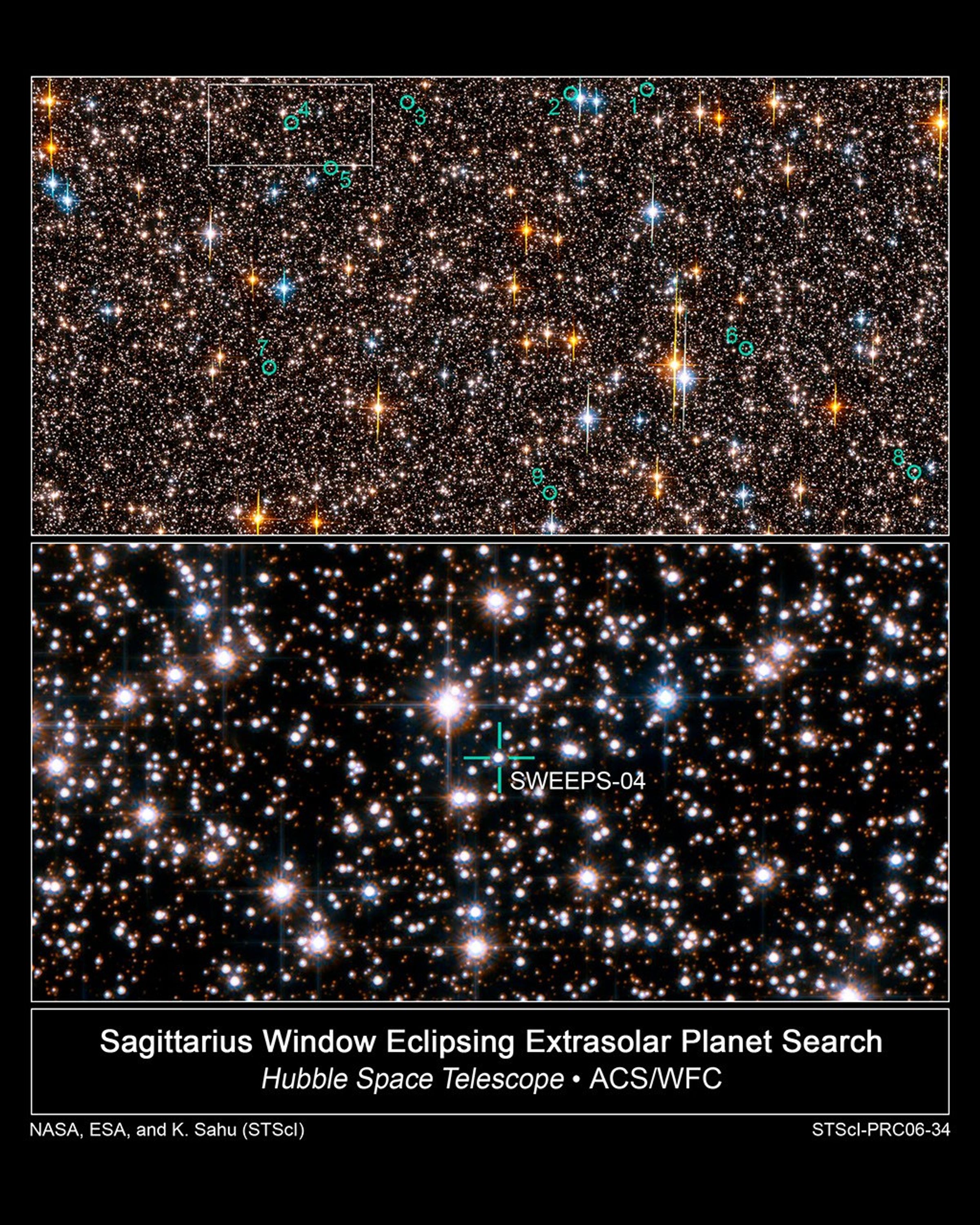
Hubble Exoplanet Search Field in Sagittarius
This is an image of one-half of the Hubble Space Telescope field of view in the Sagittarius Window Eclipsing Extrasolar Planet Search (SWEEPS). The field contains approximately 150,000 stars, down to 30th magnitude. The stars in the Galactic disk and bulge have a mixture of...

SWEEPS ACS/WFC Color Composite
Color composite of ACS/WFC images (V and I band filters) showing one-half of the Hubble Space Telescope field of view in the Sagittarius Window Eclipsing Extrasolar Planet Search (SWEEPS). The stars in the Galactic disk and bulge have a mixture of colors and masses. The field is...

Artist's Impression of a Transiting Exoplanet
This is an artist's impression of a Jupiter-sized planet passing in front of its parent star. Such events are called transits. When the planet transits the star, the star's apparent brightness drops by a few percent for a short period. Through this technique, astronomers can use...
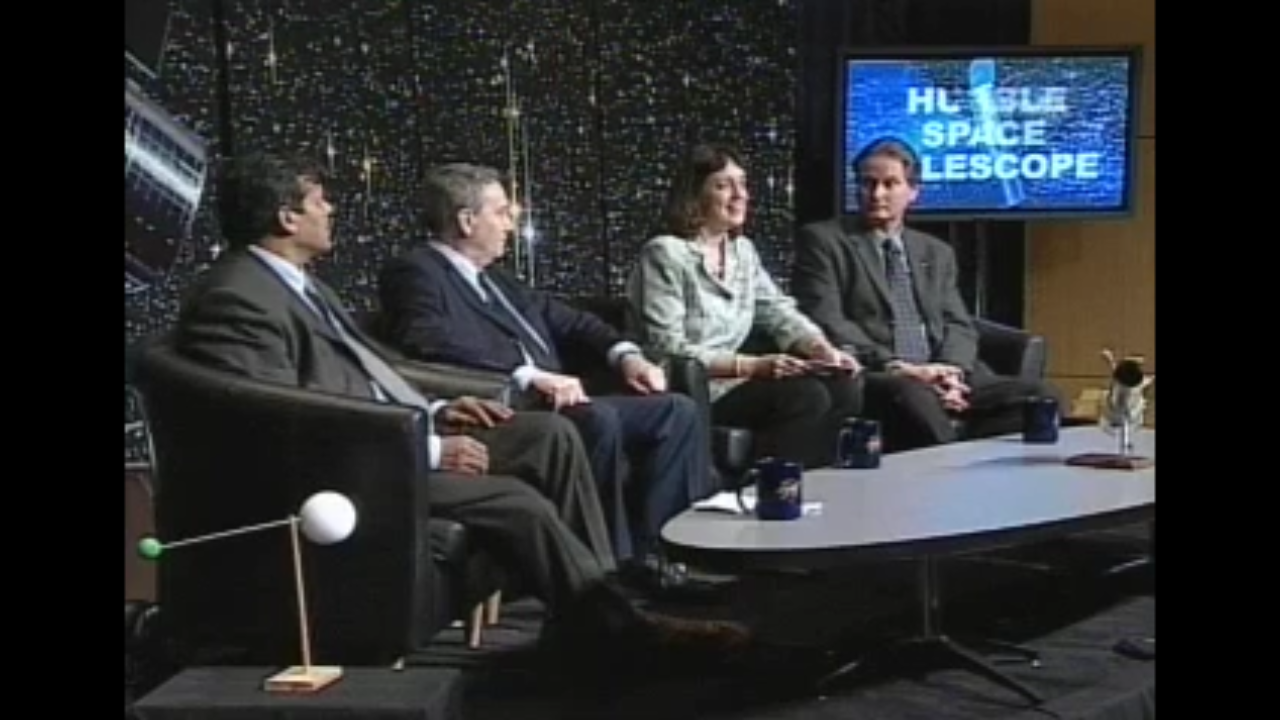
NASA Science Update: NASA's Hubble Discovers Extrasolar Planets Across Our Galaxy
NASA hosts a science update at 1 p.m. EDT, Wednesday, Oct. 4, to discuss a Hubble Space Telescope discovery of extrasolar planet candidates orbiting a variety of distant stars. Panelists: – Jennifer Wiseman, Hubble program scientist, NASA Headquarters – Kailash Sahu,...
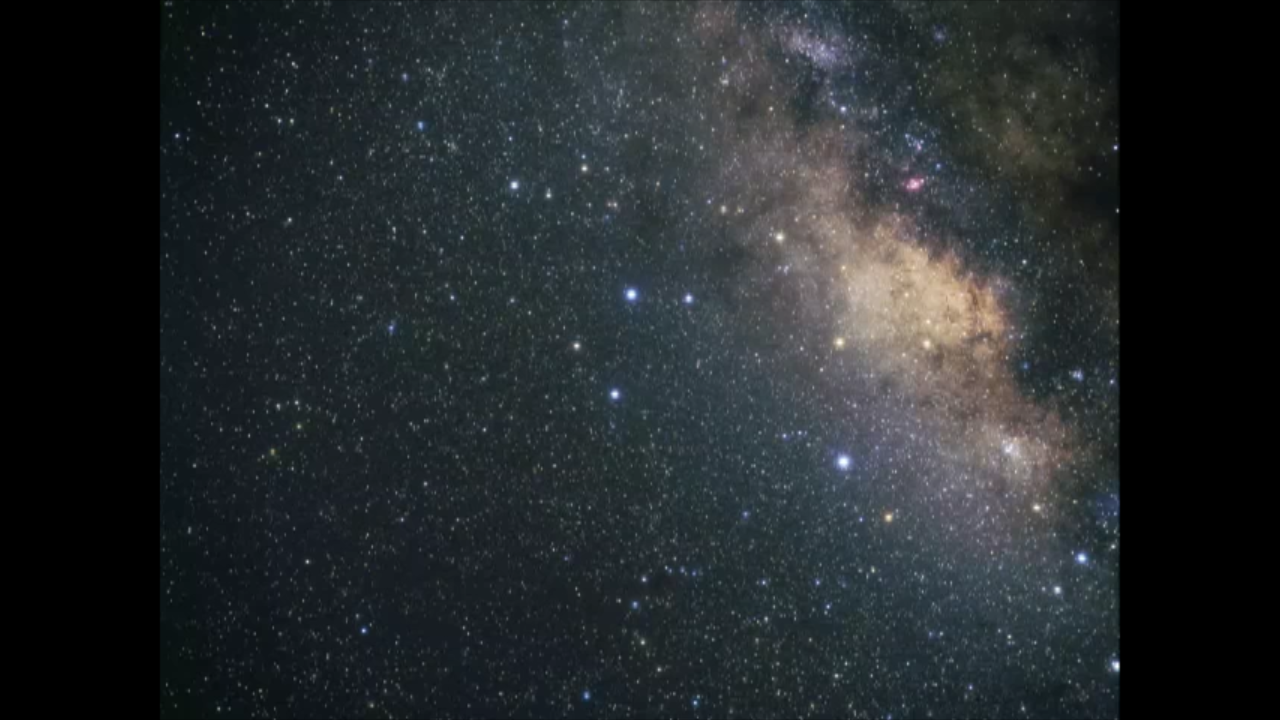
Zoom into SWEEPS Image
Zoom into the Sagittarius area of the nighttime sky, where Hubble looked into our Milky Way galaxy for extrasolar planets. The camera then zooms all the way into our galaxy's central bulge, where the view dissolves into an artist's interpretation of one of the orbiting planet...
Share
Details
Claire Andreoli
NASA’s Goddard Space Flight Center
Greenbelt, Maryland
claire.andreoli@nasa.gov

